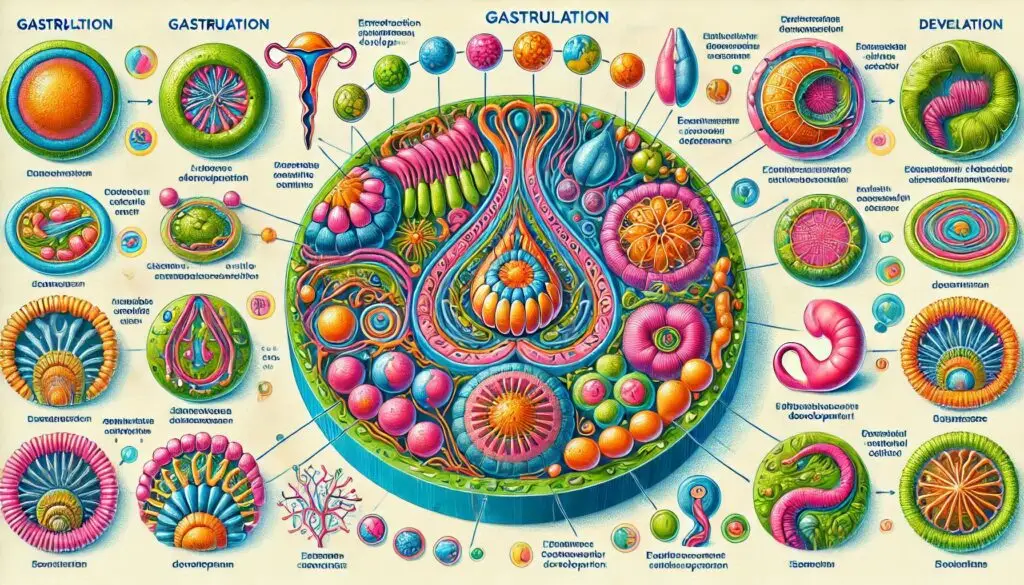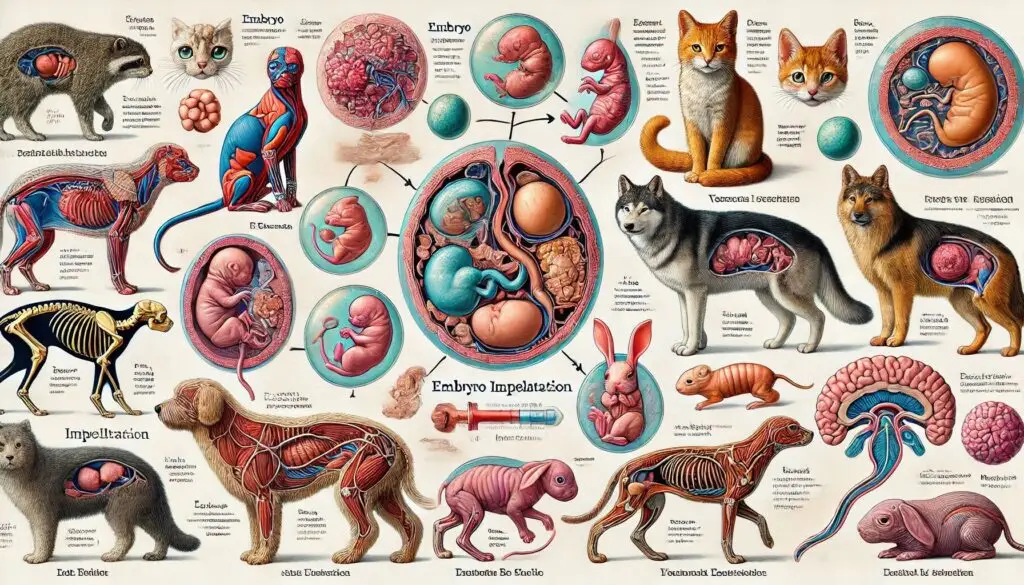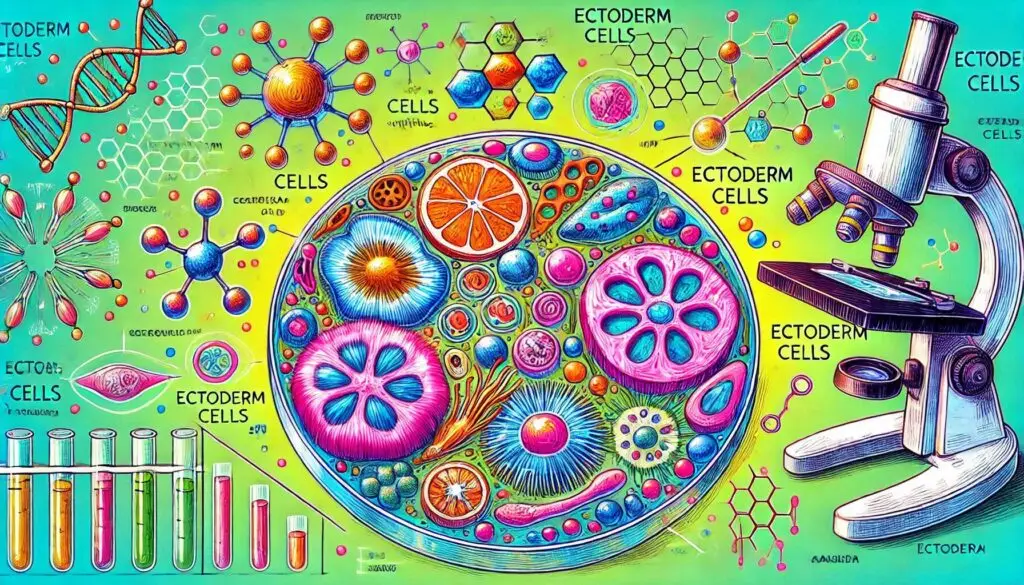Gastrulation

Introduction to Gastrulation
Gastrulation is a pivotal stage in embryonic development that occurs after the formation of the blastula. During this process, cells undergo significant rearrangement and differentiation. This transformation leads to the establishment of three distinct germ layers: ectoderm, mesoderm, and endoderm. Each layer will eventually give rise to various tissues and organs in the developing organism.
The Importance of Gastrulation
The significance of gastrulation cannot be overstated. It is during this phase that the basic body plan is established. The formation of germ layers sets the foundation for organogenesis—the process by which organs develop. Moreover, gastrulation is essential for defining body axes, which are crucial for proper anatomical orientation.
Stages of Gastrulation
Gastrulation can be divided into several key stages:
Formation of the Primitive Streak
The first noticeable event in gastrulation is the formation of the primitive streak on the epiblast surface. This structure appears as a thickened line along the midline of the embryo. It serves as a critical site for cell migration and differentiation.
Cell Migration and Inward Movement
Cells from the epiblast migrate toward the primitive streak. Upon reaching this area, they undergo invagination—a process where cells fold inward to form new layers. This inward movement creates two significant outcomes:
- Formation of Endoderm: The first cells to invaginate replace hypoblast cells to form the endoderm.
- Formation of Mesoderm: Cells that migrate between the epiblast and endoderm will form mesoderm.
Establishment of Ectoderm
The remaining cells in the epiblast that do not migrate become the ectoderm. This outer layer will eventually differentiate into structures such as skin and nervous tissue.
Mechanisms Driving Gastrulation
Several mechanisms control gastrulation, ensuring that it occurs smoothly and effectively:
Cellular Movements
Gastrulation involves various types of cellular movements:
- Invagination: Folding inward to create new layers.
- Ingression: Individual cells moving from an epithelial layer into an interior space.
- Delamination: Splitting one layer into two distinct layers.
- Epiboly: Expansion of cell layers around the embryo.
These movements are critical for shaping the embryo and establishing its internal structure.
Molecular Signals
Molecular signals also play a crucial role in gastrulation. For instance, fibroblast growth factor 8 (FGF8) regulates cell movement by modulating proteins like E-cadherin, which helps maintain cell adhesion. Additionally, FGF8 influences mesoderm specification by regulating gene expression.
Consequences of Gastrulation
The outcomes of gastrulation are profound:
- Formation of Germ Layers: The ectoderm, mesoderm, and endoderm are established.
- Development of Embryonic Gut: The archenteron forms as a precursor to the digestive system.
- Initiation of Morphogenesis: This marks the beginning of body form development.
- Establishment of Body Axes: Major axes are defined during this phase.
These consequences highlight how crucial gastrulation is for proper embryonic development.
Comparative Aspects of Gastrulation
Gastrulation patterns can vary significantly across different species. However, they share common features that underscore their evolutionary importance:
Variations Across Species
Different organisms exhibit unique forms of gastrulation:
- In amphibians, invagination plays a dominant role.
- In birds and mammals, a combination of invagination and ingression occurs.
- In some species like sea urchins, involution is more pronounced.
Understanding these variations helps researchers grasp how diverse life forms develop from similar embryonic processes.
Evolutionary Significance
The evolutionary implications of gastrulation are significant. Studying these processes across species can reveal insights into how complex organisms evolved from simpler forms. It also sheds light on common developmental pathways shared among different taxa.
Conclusion
In summary, gastrulation is a vital process that lays down the groundwork for embryonic development by organizing cells into distinct layers and establishing essential body plans. Its successful execution is crucial for normal development across most animal species.
For more detailed information on gastrulation, you can explore external resources such as Microbe Notes which provides an overview of gastrulation processes and factors involved or NCBI which discusses embryology in detail.
More from Veterinary Anatomy:
Meiosis





Responses